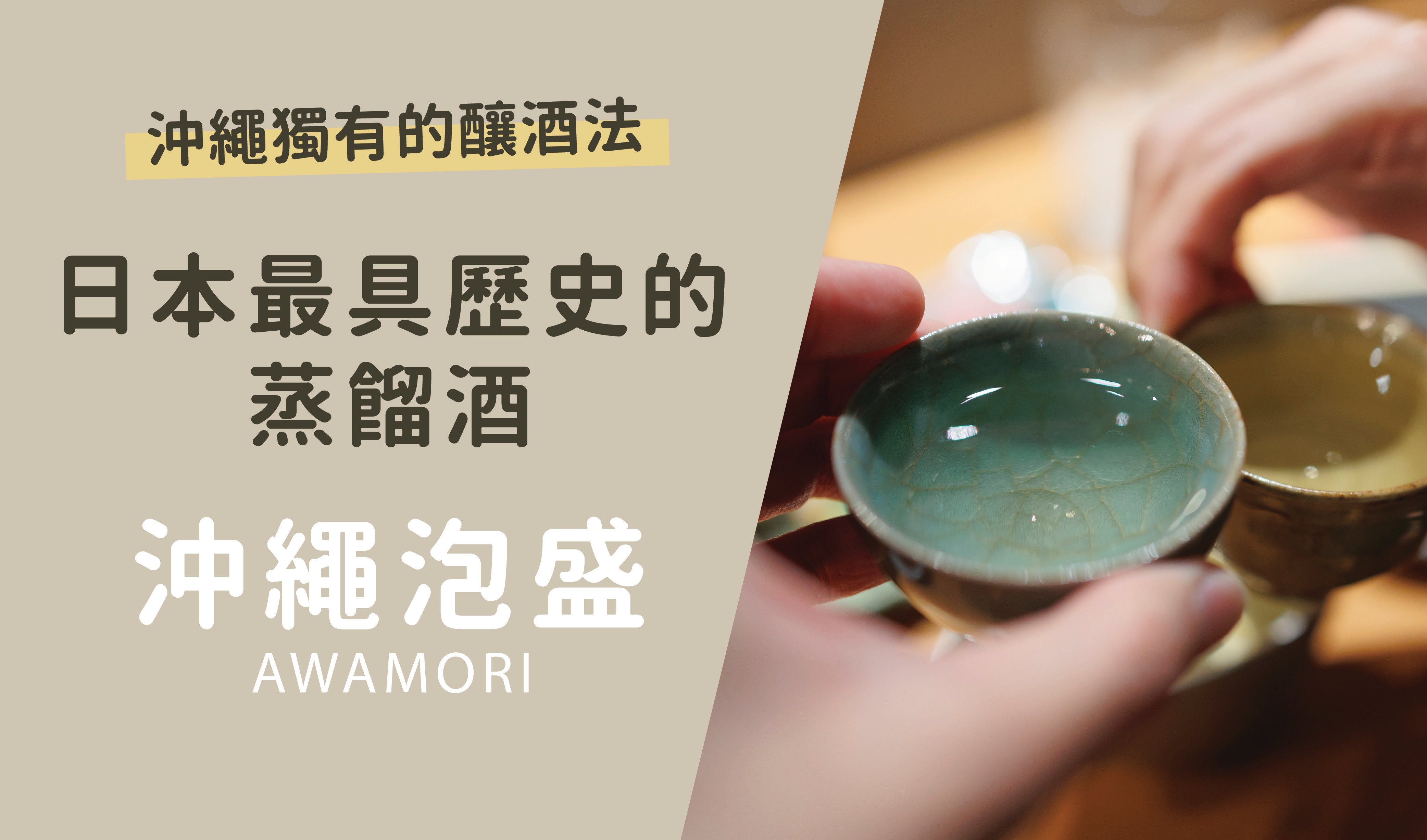
Japan’s most historic distilled liquor🌟Okinawa Awamori
500 years of technology passed down to this day, Okinawa’s unique brewing technique
Awamori is the oldest distilled liquor in Japan. It is said that Awamori has been produced since the second half of the 15th century. Generally, the alcohol concentration of Awamori is around 30 degrees.
Because it is distilled wine, it does not contain other sugars or proteins and has fewer calories than other brewed wines . In 100 ml, Japanese sake with an alcohol content of 15% has 103 calories, but because Awamori does not contain sugar, 100 ml of Awamori only has 59 calories. 
Features of Awamori
The raw materials of Awamori are mostly Thai rice (a type of indica rice) and Okinawa's unique black koji mushroom. The slender and hard indica rice is used as koji, water and yeast are added for fermentation, and finally it is made by a single distillation method. This technique is also called "whole koji brewing" . Black koji is one of the characteristics of Awamori. Brewing methods using black yeast are very rare in the world. Brewing with black koji produces a large amount of citric acid, which has a strong bactericidal effect, so it is most suitable for brewing in Okinawa, which is warm and humid and prone to bacteria.
The aging method of Awamori is different from that of foreign wine. Physical and scientific changes will occur during the long-term aging process, resulting in a mellow aroma. Awamori that has been matured for a long time is called "old sake".
ancient wine
Pour awamori into a vat or bottle and let it mature for more than 3 years before it can be called "old sake". The taste of ancient wine is more mellow and sweet, exuding a vanilla-like aroma.
The alcohol concentration of ancient sake is higher than that of ordinary awamori, with an average of more than 40 degrees. Therefore, when you add a large ice cube to enjoy it, the alcohol content will not be lost, and you can slowly appreciate the change in the taste of the wine after the ice melts. The longer the ancient wine is matured, the longer it will take for the wine to regain its aroma. Pour out the ancient wine and let it come into contact with the air, and you will be able to taste the special aroma of the wine.
The history of Awamori

Awamori's Challenge
In order to keep pace with the times and satisfy customers' taste requirements, many long-established breweries are constantly challenging Awamori brewing techniques. In addition to trying to recreate ancient sake-making methods, they also try to incorporate Okinawa products or other ingredients into Awamori, adding more flavor to the already personalized and unique Awamori.

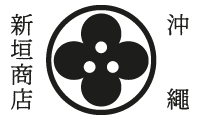




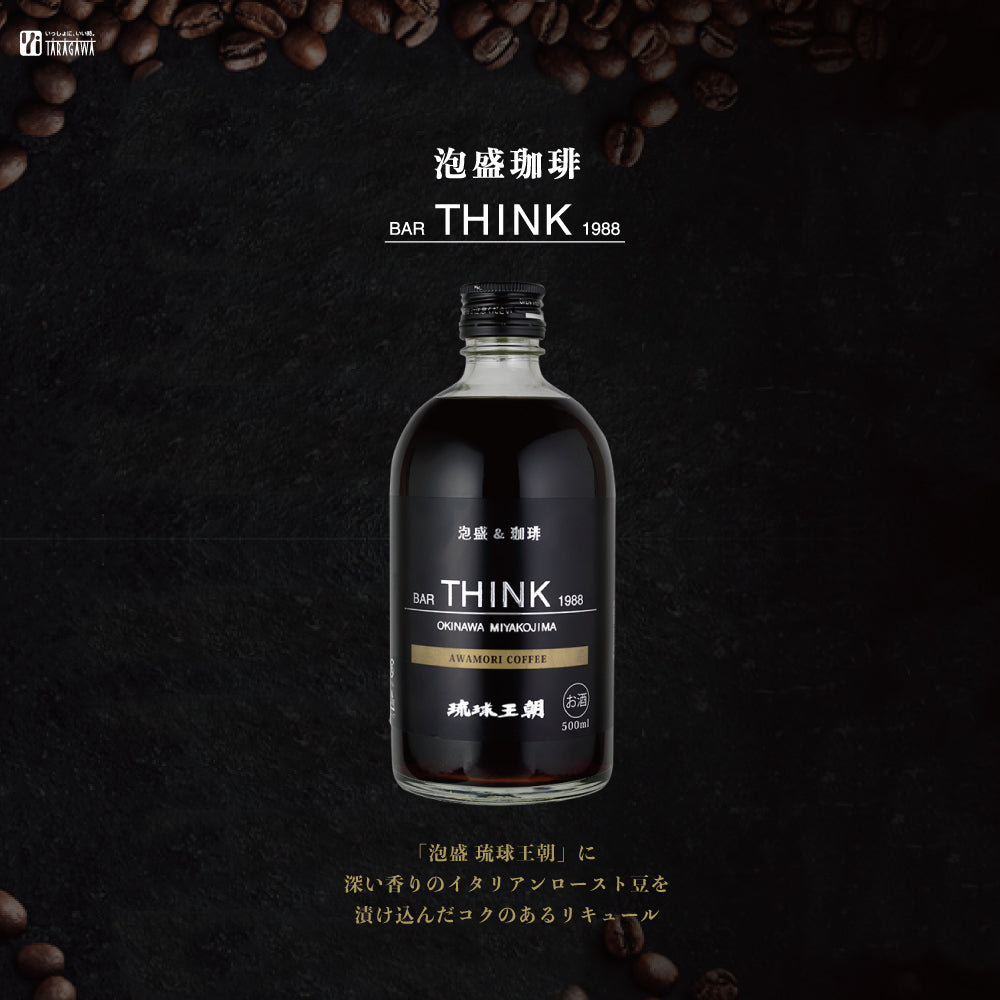
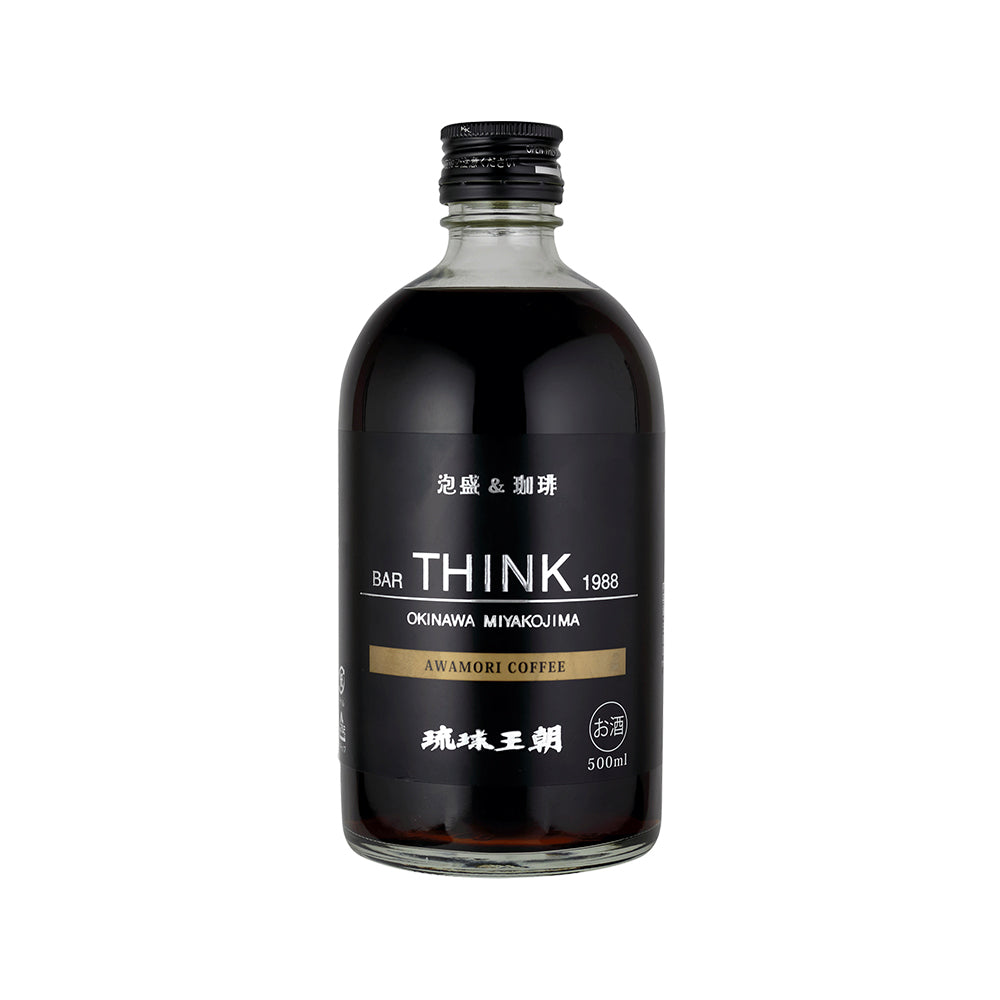
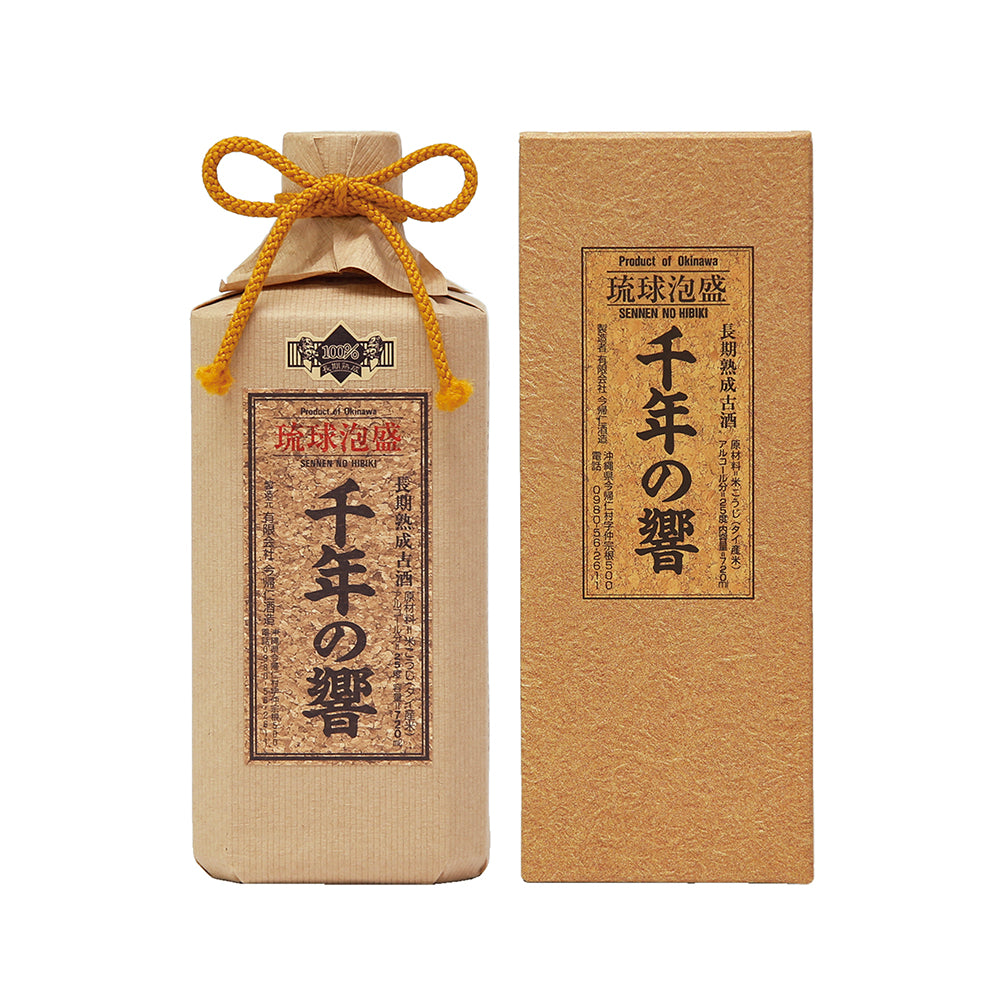
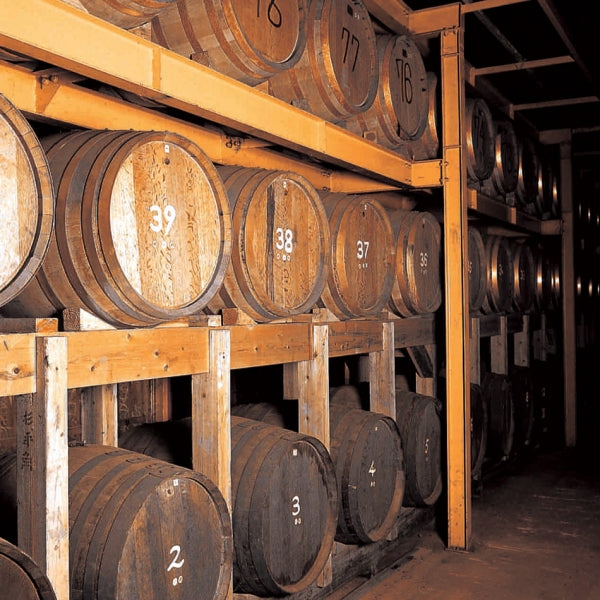
![[New Arrival] Otowa Sanroku Awamori Yogurt Liqueur Set](http://okinawa-market.com/cdn/shop/files/20240429.jpg?v=1714356539&width=2250)
![[New Arrival] Otowa Sanroku Awamori Yogurt Liqueur Set](http://okinawa-market.com/cdn/shop/products/210518_250ce9be-8402-4e50-83e3-103cb5387291.png?v=1741155276&width=1000)

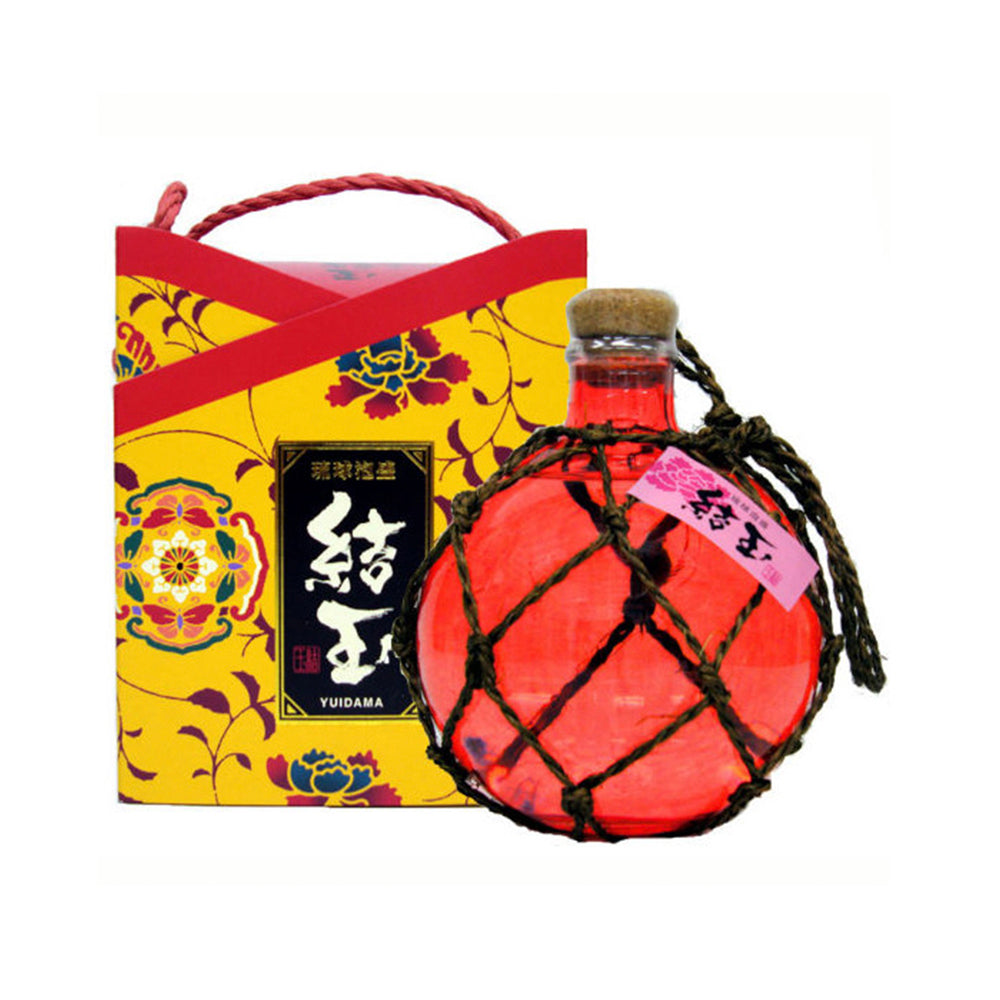
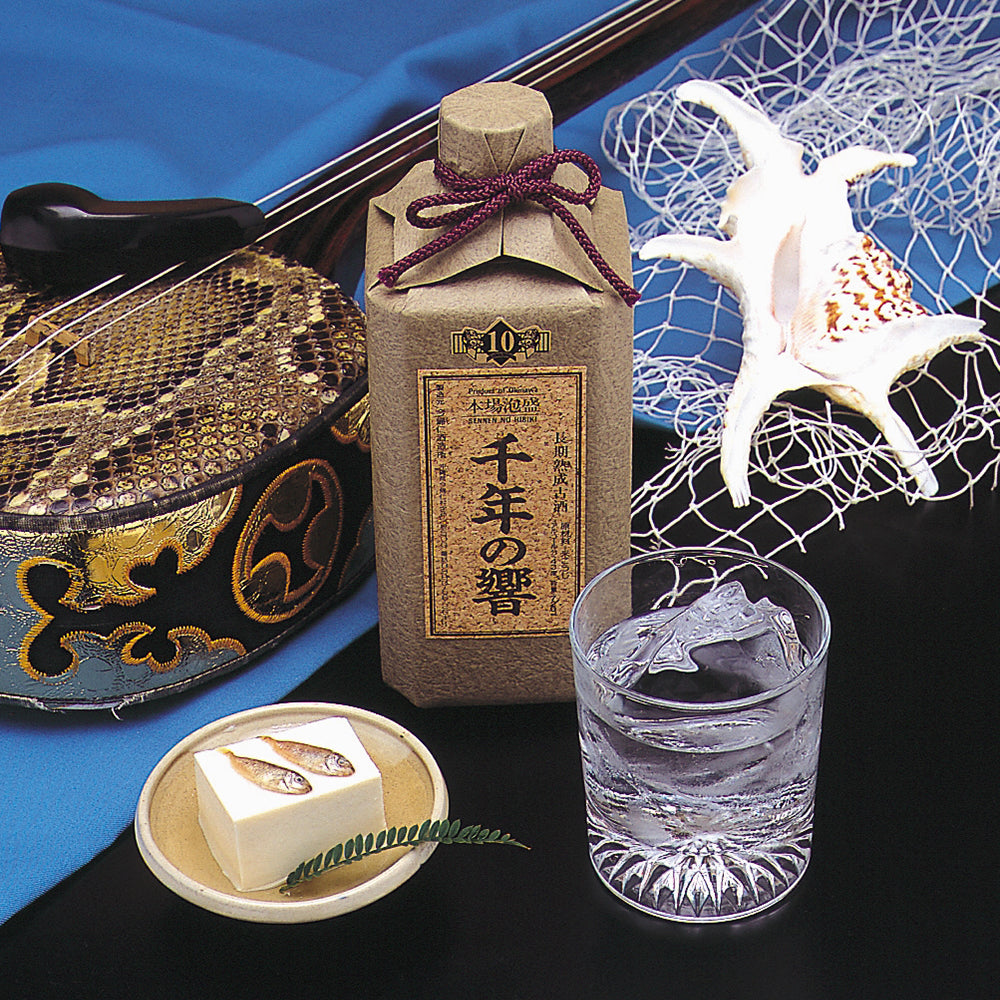
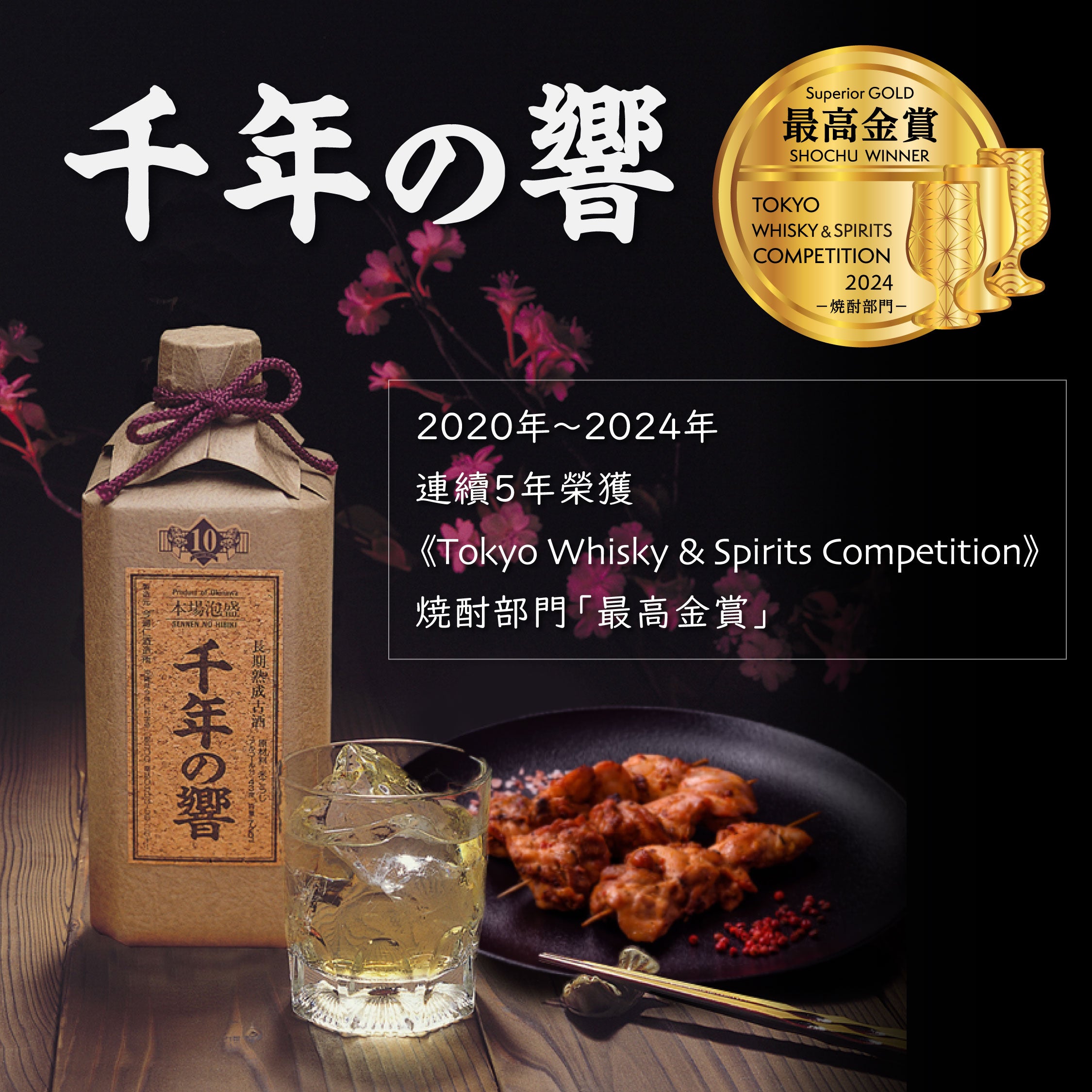
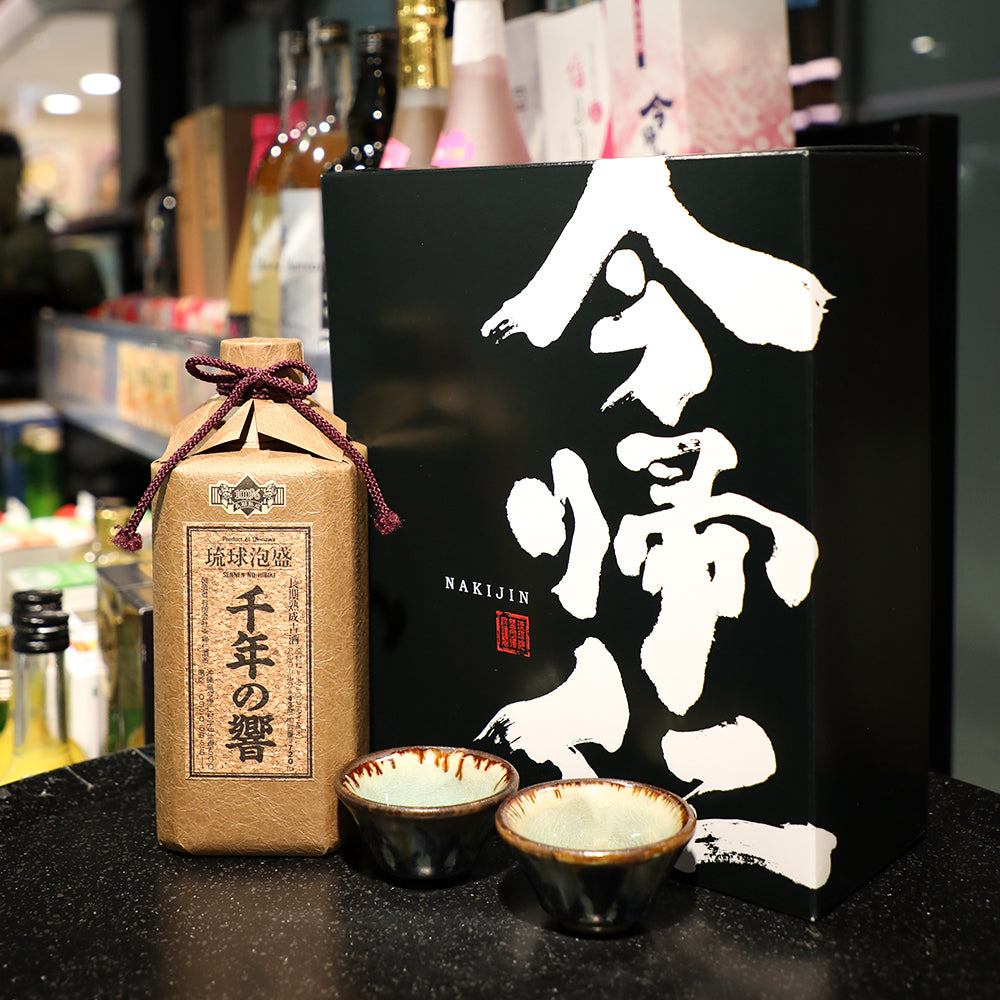
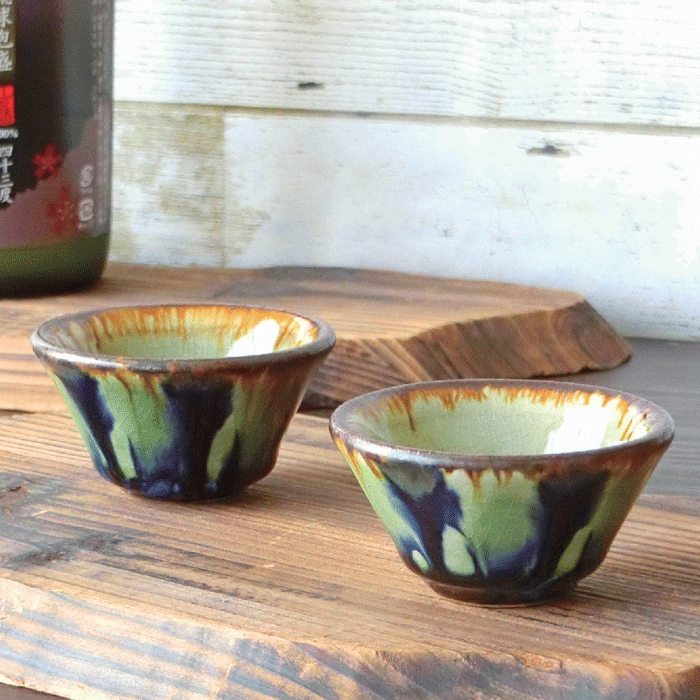
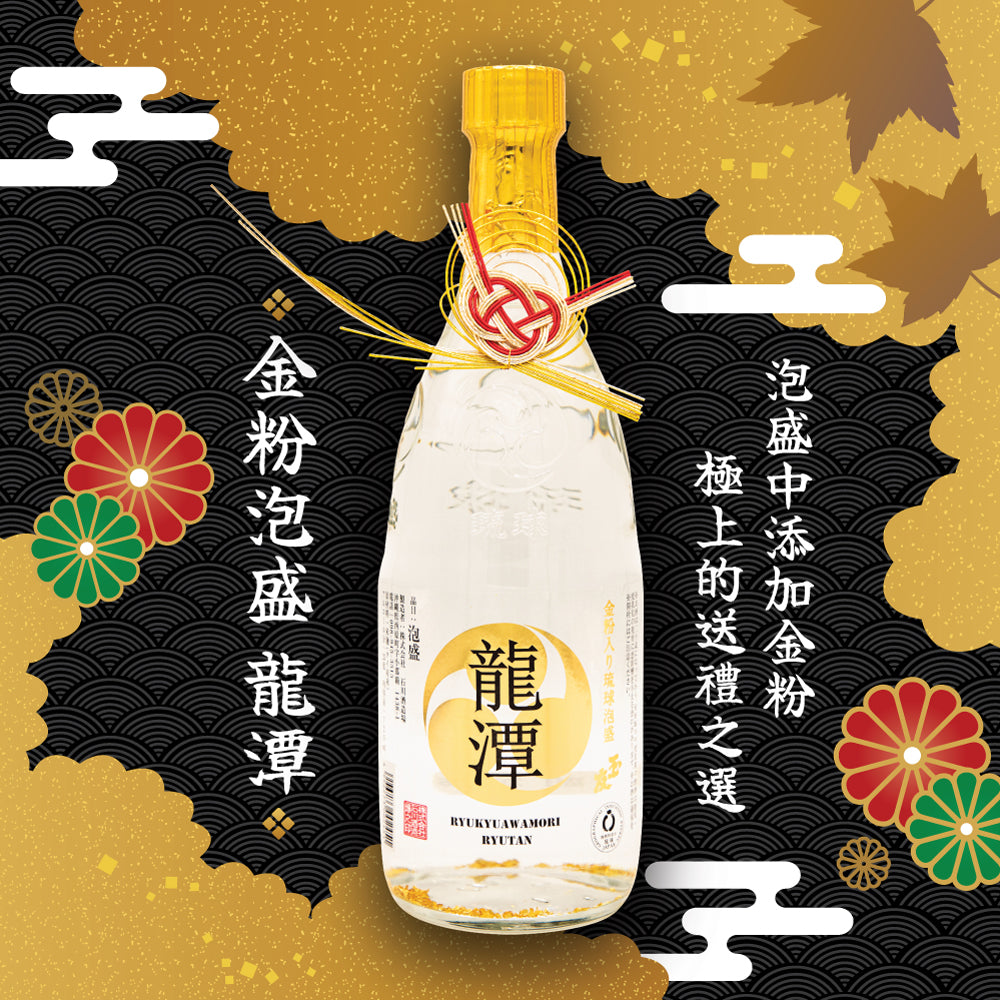
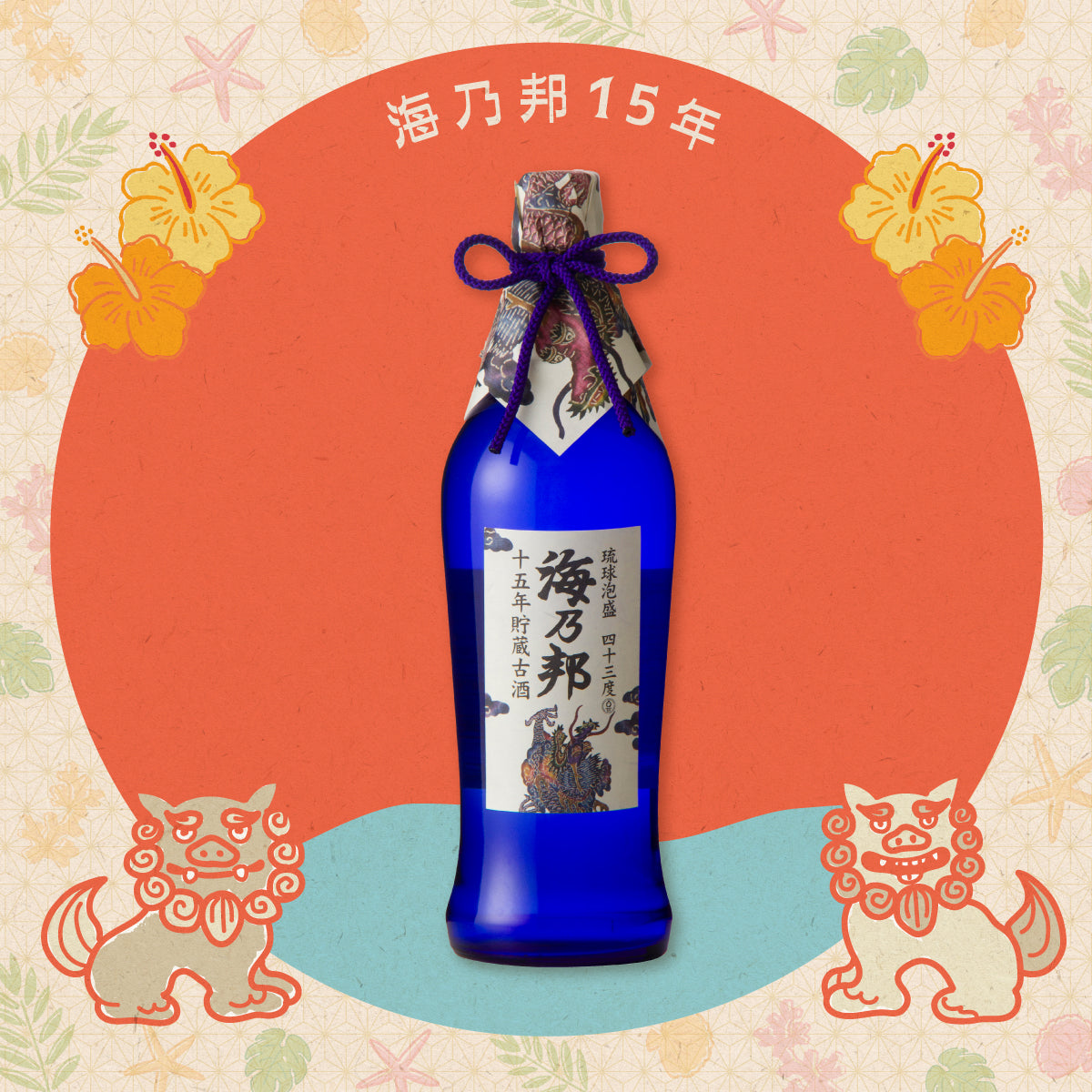
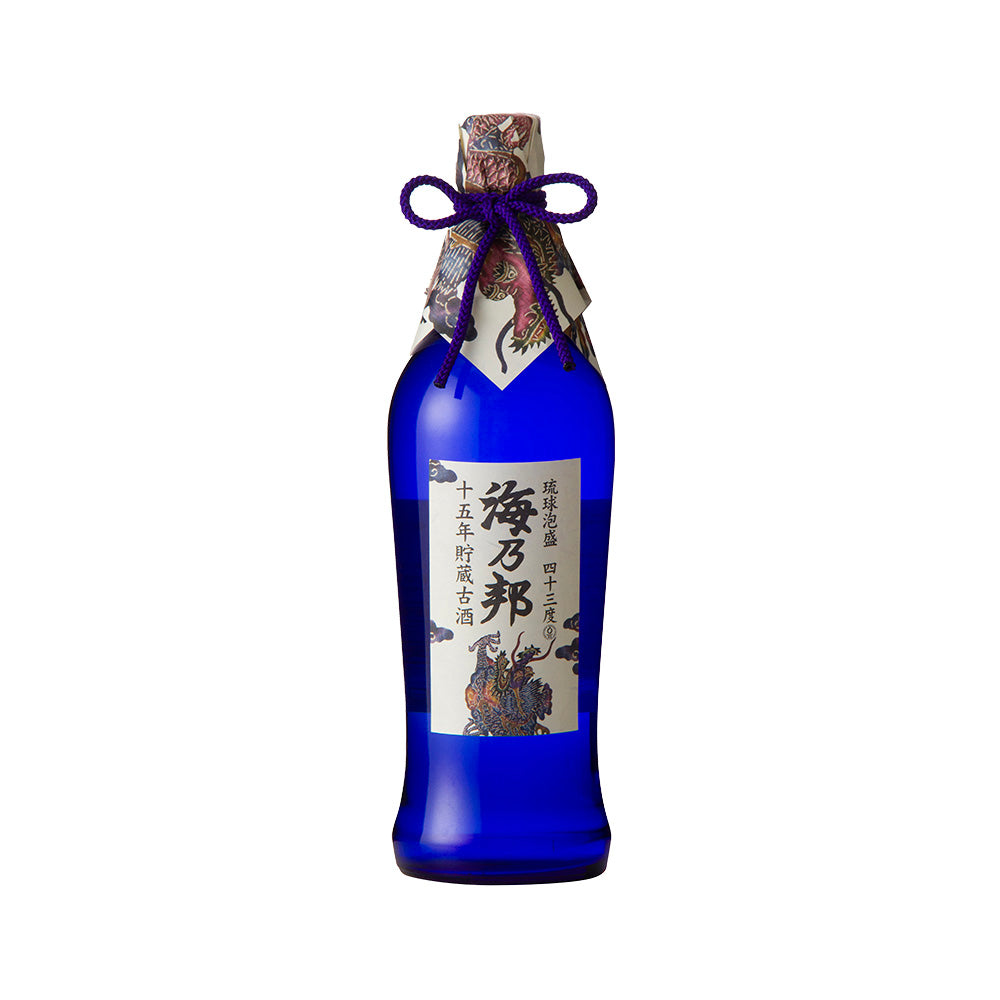
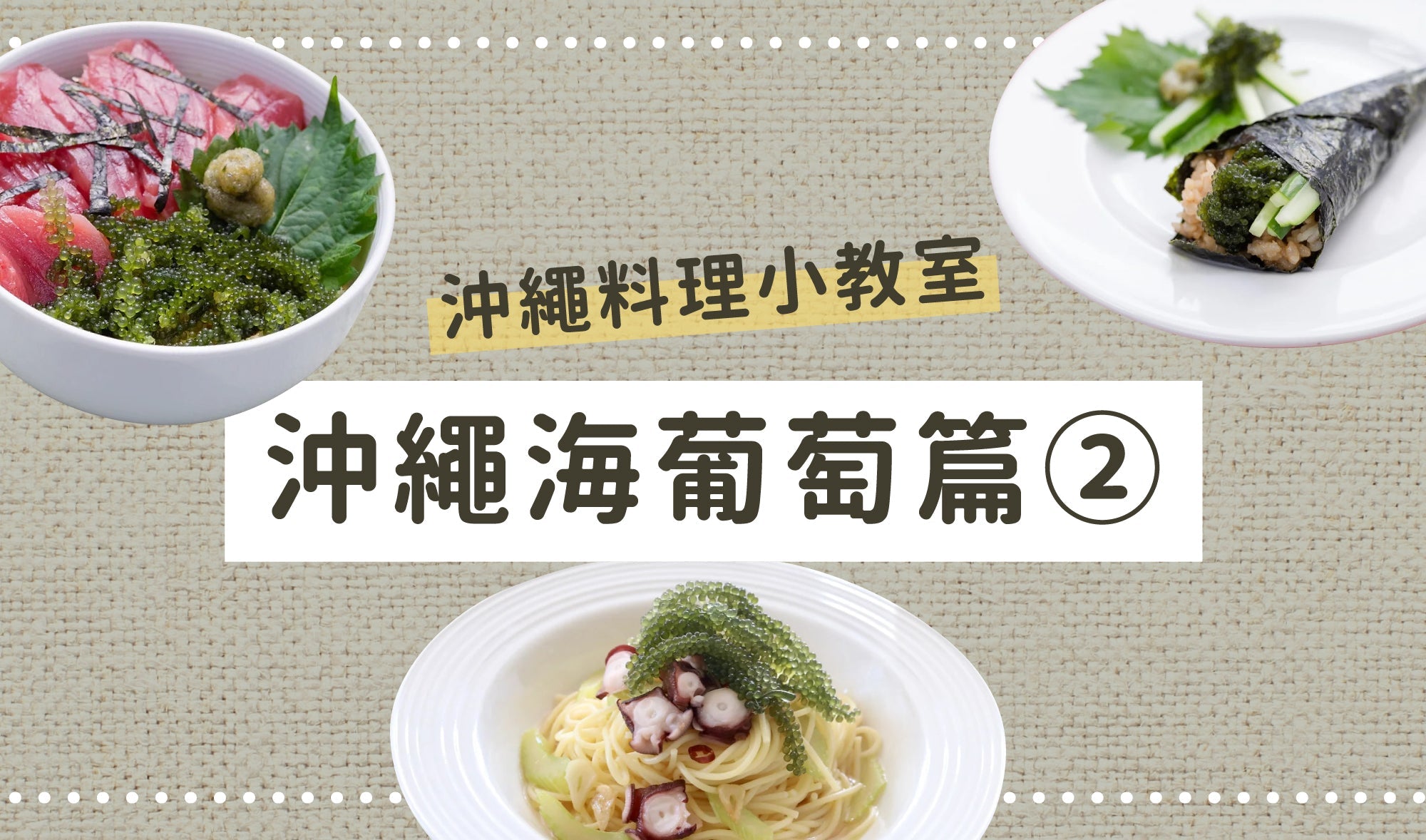
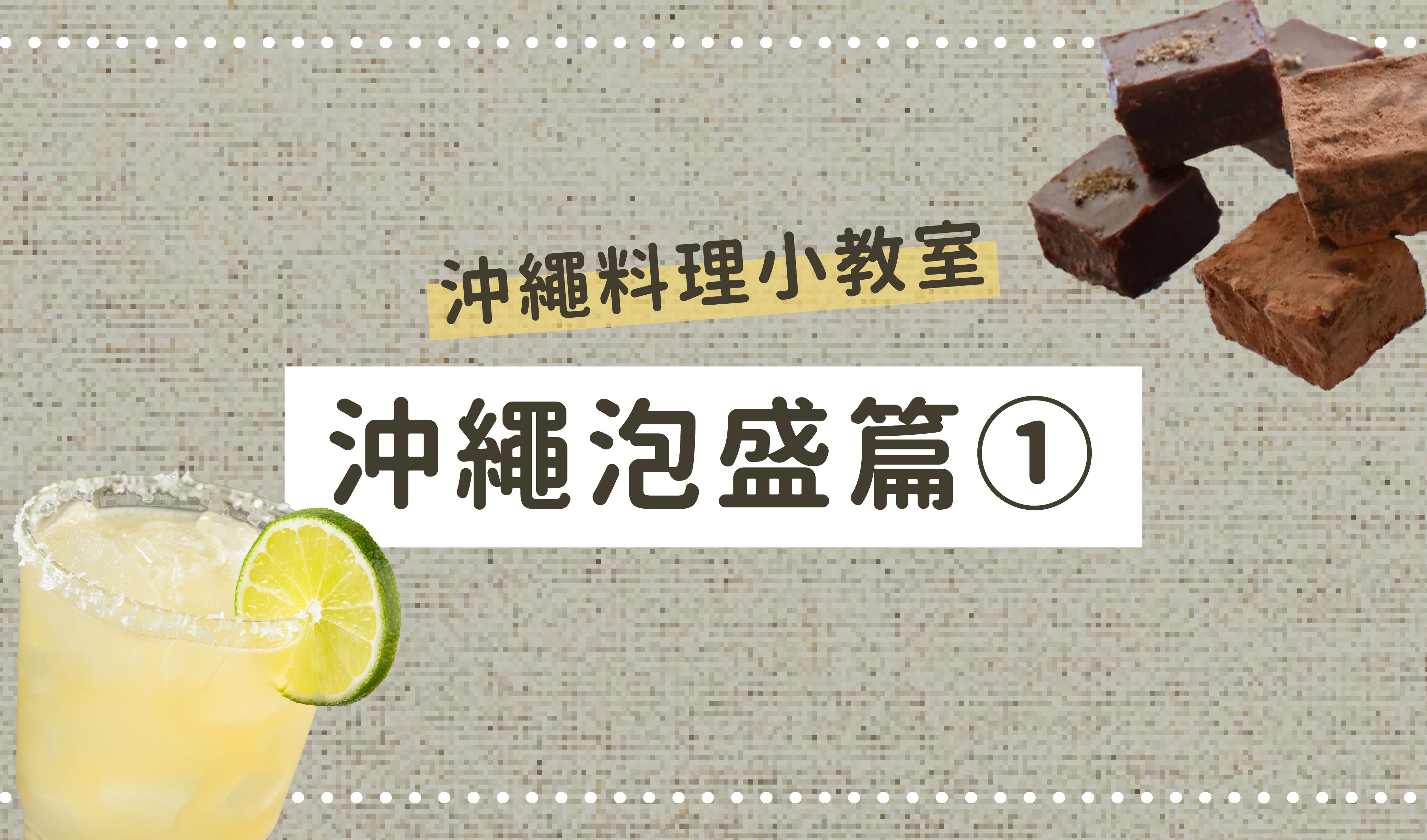
Leave a comment
This site is protected by hCaptcha and the hCaptcha Privacy Policy and Terms of Service apply.